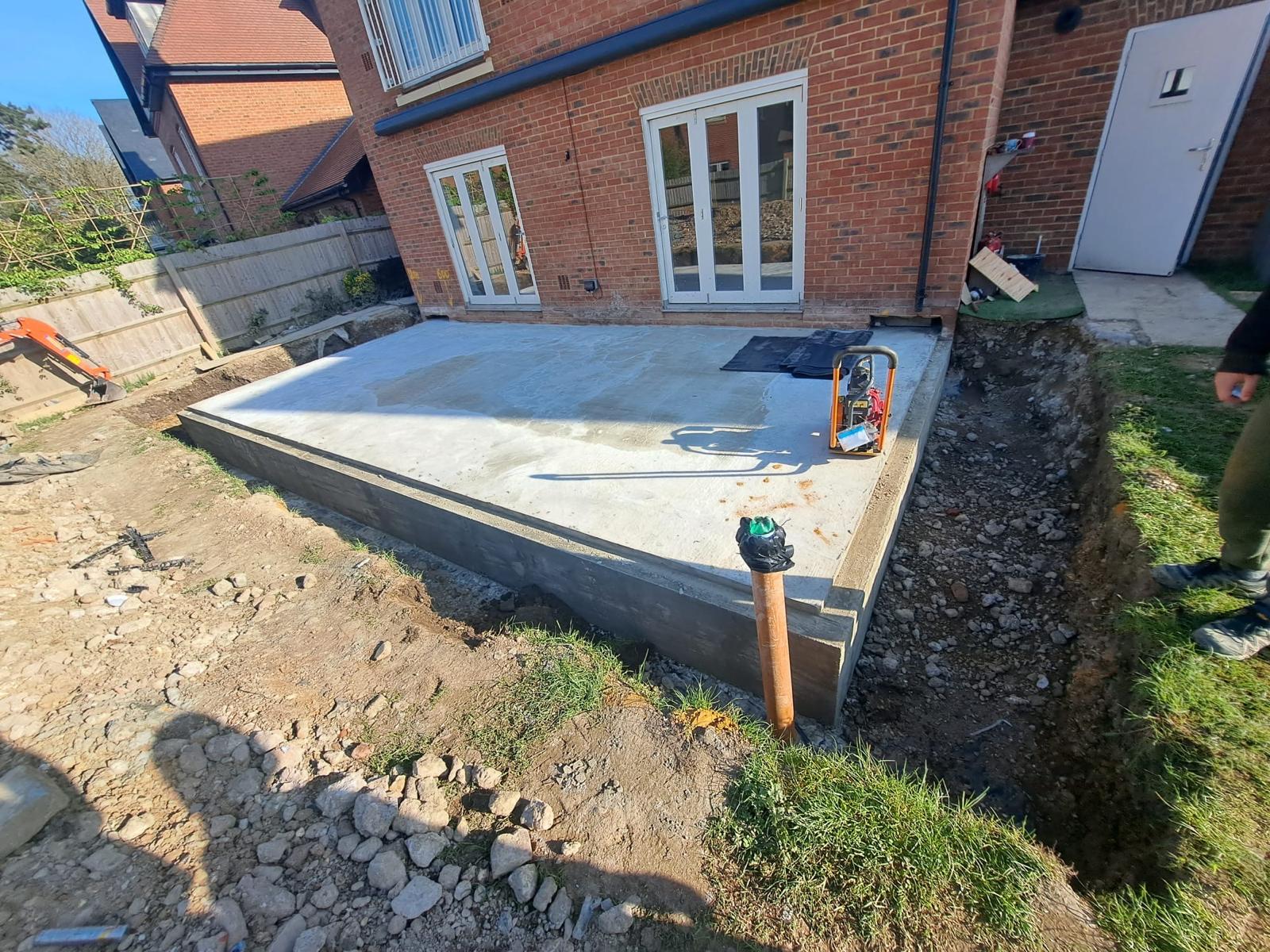Crack Control in Reinforced Concrete: Techniques and Best Practices
April 8, 2025

You have just built the new reinforced concrete structure and see a fine line crack. Or, the walls of your house show a long line of cracks within years of its construction. Yes, it might be heartbreaking, but don't worry; we are here to guide you. After this, you'll know how to control the cracks in your building.
However, to control the disease, you should know what causes cracks to develop on the walls. Here, we'll start our discussion with the causes of cracks in the wall. Later, we'll also focus on the types of cracks and your repair options.
Section 1: Why Cracks Occur in Reinforced Concrete
Cracks may develop in reinforced concrete for several reasons. Some common reasons are expansion and contraction due to temperature differences.
Loss of water from concrete during curing
Overloading
Use of low-quality concrete mix
After you build the reinforced concrete structure, it can expand under high temperatures or contract due to low temperatures. The structure's continuous expansion and contraction may lead to cracks in it.
However, if you see cracks developing on the enforced concrete at the beginning after the construction process, water loss may be the reason. If the structure loses water faster than usual during its curing, cracks might develop due to negative capillary pressure. Otherwise, continuous overloading of the structure might also cause cracks. For example, the reinforced concrete beams you have constructed for your building might have a lower load-carrying capacity than required. In that case, you may see the structure cracking under heavy pressure.
Finally, suppose you have employed inexperienced reinforced concrete contractors who do not know the right proportion of cement, water, aggregate, and other additives. In that case, the result might be a poorly constructed reinforced concrete structure. Seeing cracks in the building structure would not be unnatural.
Section 2: Types of Cracks and Their Implications
Your building may develop cracks right after construction or later. Read on to learn about different types of cracks and their implications for the structure.
Hairline surface cracks
These types of cracks are not dangerous to the building. It is often considered a normal part of the concrete structure and sometimes so thin that you cannot even recognise it with bare eyes. However, it may compromise the aesthetics of your building.
Structural cracks
It is that type of crack that you need to take seriously. Structural cracks developed due to the structural failure of the building. It may develop due to increasing pressure on the building structure.
Plastic shrinkage cracks
If the reinforced concrete structure loses water in a large volume soon after its construction, it may develop cracks. These types of cracks are named because they develop during the plastic stage of the concrete. You must ensure that the structure has sufficient water during its curing process.
Settlement cracks
After the construction, the structural stability of the building might not remain the same as in the beginning. The layer of soil underneath the foundation might weaken - meaning it loses its load-carrying capacity. The part of the building just right above the settled ground starts to shrink; downward cracks develop, and tension is highest.
Section 3: Techniques for Crack Control in Reinforced Concrete
To protect the reinforced concrete structure of your building from developing cracks, you might keep some essential things in mind. Firstly, properly position rebars and mesh the reinforced concrete poles or beams. An adequately positioned beam can carry the structural load. This will lower the tension on the beams, reducing the chance of developing cracks. Secondly, the water, cement, and additives are supposed to be mixed in the right proportion while the reinforced concrete is being built. The load-carrying capacity of the reinforced concrete depends on the proportion of concrete elements and rebar used. The structure's construction depends on its size and load-carrying requirement.
Section 4: Repairing Cracks – What Are Your Options?
The best way to deal with cracks in reinforced concrete structures is to plan for starting the work. The focus should be on reducing cracks in the new building structure. Proper inspection of the site is also necessary. However, if you want a solution to stop the cracks from further developing on the structure, you can use crack injection. It fills the gap in the crack and blocks the passage to enter water, causing structural damage.
Conclusion
You can safeguard your property from developing cracks with proper planning. Choose a perfect mix of concrete that can carry the building loads. On the other hand, the cracks that develop in the building might worsen if you don't take care of them initially. If you are looking for a reliable reinforced concrete contractor, contact us. We offer services as you demand.